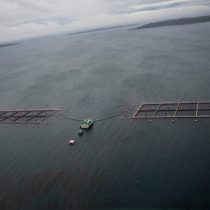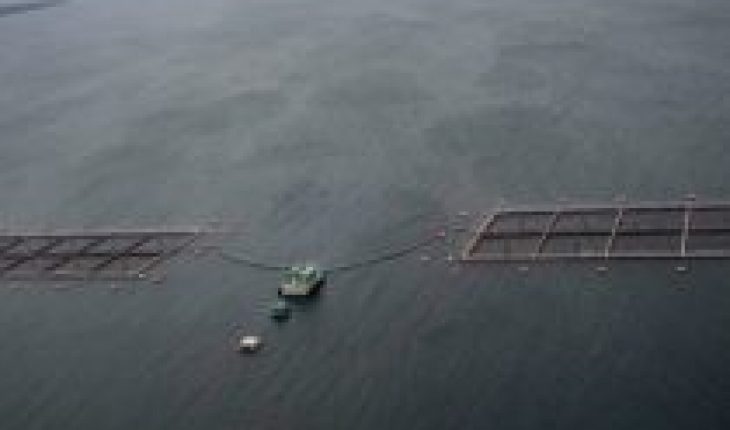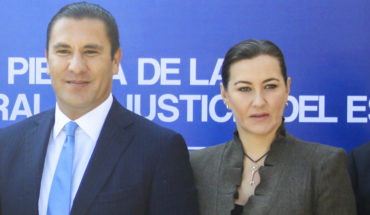
Dismay causes the mass death of salmon in southern Chile that raised the alert of civil society organizations such as Fundación Terram, Defendamos Chiloé, AIDA, Greenpeace and the outdoor brand Patagonia. The environmental disaster, which from above can be seen as a great brown tide, takes place in the Comau Fjord in Palena province where, as Sernapesca reported, until April 6 there was a mortality of
1,300 tons of salmon.
This would have occurred from the emergence of harmful algal blooms (FECs) that feed on organic matter discharged into the sea by salmon farming operations. These nutrients, which are fecas and food not consumed by fish, give life to these toxic algae that then absorb oxygen, generating dead zones where life does not proliferate, giving way to the mass death of salmon.
If climate change is considered in this lethal equation, the scenario is even less encouraging, as warmer waters give rise to higher algae growth. The growing centers are located in the fjords where there is a low water replacement, so the geographical location becomes another trigger for the disaster.
Another 1,600 tonnes of dead salmon in the Aysén region were also recently reported from 12 crop centres, lifting the environmental catastrophe. However, despite the great impact of these facts, Fundación Terram denounces the absence of clear and timely information that should be provided by the sectoral authority in cases such as these, especially in the face of the historical background that exist in this area. the
organization further notes that according to the authorities, these events began to occur on 27 March last year and there is no detailed public information to date. In total, 18 centres activated action plans.
Other consequences of salmoniculture Facts like these have a great environmental impact on ecosystems, consequences that are exposed in the Chilean documentary Estado Salmonero, which was produced by Patagonia and led by Ramón Navarro, professional surfer of large waves and ambassador
global outdoor brand.
The film, directed by Daniel Casado, reveals details of one of Chile’s largest industries, surpassed only by copper, and whose regulation is low, elements that become the perfect combination for an important trace of destruction. The documentary, released in 2019, also gives an account of the origins of the industry and explains where the highest per capita consumption of Chilean farm salmon comes from to
global level.
If you are looking to learn about this topic, the invitation is to see this production to travel in and out of Chile and understand a little more of the salmoniculture that seeks to expand to the lands of the Magellan region and Tierra del Fuego.
Watch the documentary Status Salmonero and find out in the link.





